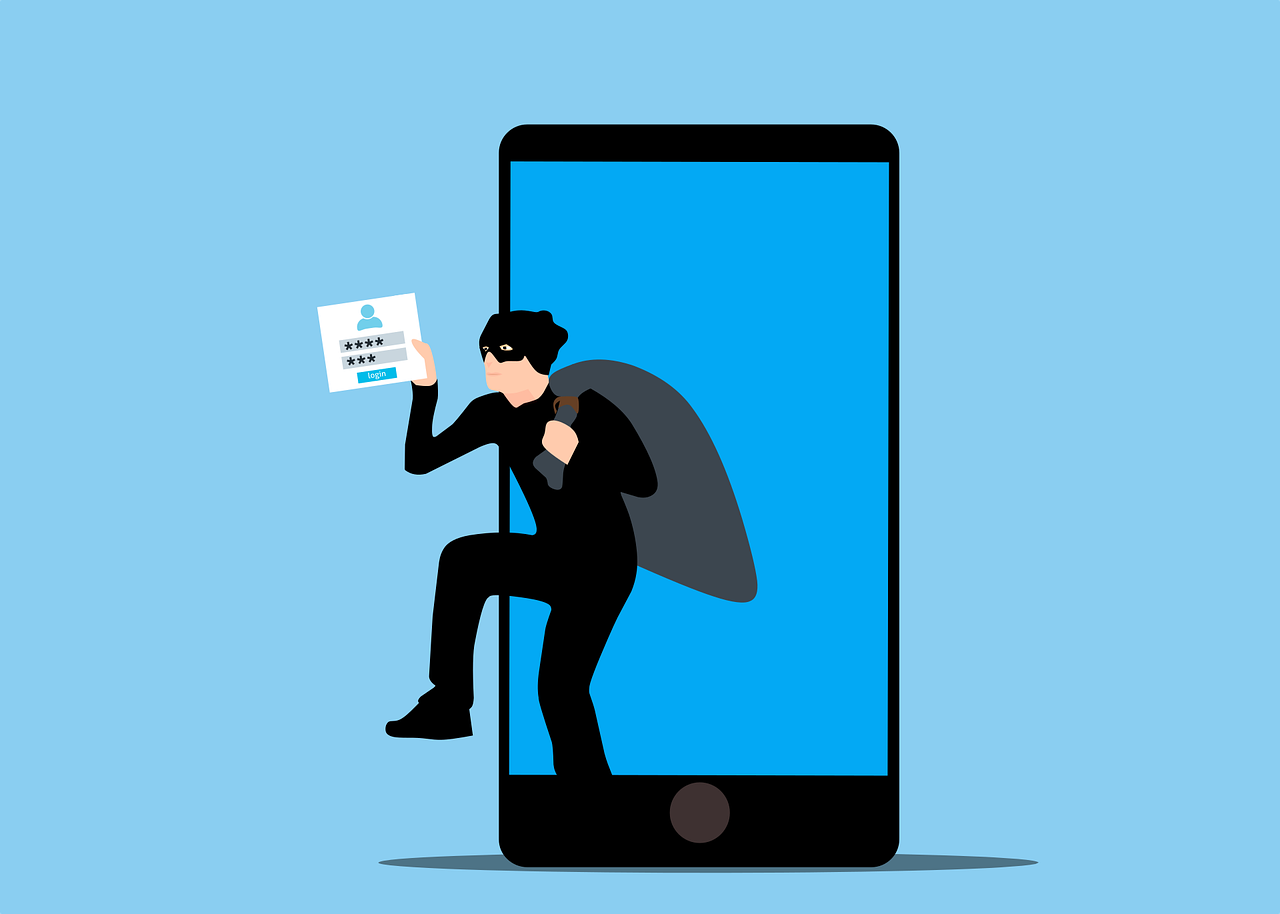Your smartphone is a digital Swiss Army knife, but it’s also a prime target for hackers. With all that sensitive data stored on it, it’s like a digital goldmine for cybercriminals.
In this post, we’ll dive into the common traps that can lead to mobile malware infections and give you the tools to stay safe.
Common Mobile Malware Traps:
- Phishing: The Sneaky Links: These emails or texts look legit, but they’re full of traps. Clicking on malicious links can download malware onto your phone.
- Malicious Apps: Not All Apps Are Created Equal: Some apps hide malware that can steal your data, show unwanted ads, or even take control of your phone. Do your research before downloading.
- SMS Scams: The Text Message Trick: Be wary of unexpected texts, especially those asking for personal info. These scammers use smishing to lure you into clicking links or sharing sensitive data.
- Wi-Fi Woes: Public Wi-Fi Can Be Risky: Unsecured public Wi-Fi networks are a gateway for hackers. Avoid accessing sensitive information on these networks.
- Fake Apps: Look-Alikes with Malicious Intent: These apps mimic popular ones but are actually malware in disguise. They can steal your logins, financial info, or even control your phone. Always verify app authenticity.
- Adware: The Annoying Intruder: While not as harmful as other malware, adware can be irritating and potentially expose you to other threats. It often comes bundled with other apps.
Protecting Yourself: Essential Tips
- Stay Updated: Keep your phone’s software and apps up-to-date with the latest security patches.
- Watch Out for Links and Attachments: Avoid clicking on links or downloading attachments from unknown sources.
- Strong Passwords Are a Must: Use strong, unique passwords for your phone and all your apps. Consider using a password manager to keep track of them.
- App Store Safety: Only download apps from official app stores like Google Play or the Apple App Store. Read reviews and check app permissions before installing.
- Secure Public Wi-Fi: Use a VPN when connecting to public Wi-Fi to encrypt your data and protect it from hackers.
- Back Up Your Data Regularly: This ensures you have a copy of your important files in case your phone is lost, stolen, or damaged.
- Consider Security Software: A reputable mobile security app can provide extra protection.
Extra Steps to Safeguard Your Smartphone
- Lock It Down: Set a strong passcode, fingerprint, or facial recognition lock. Avoid simple patterns that can be easily guessed.
- Avoid Public Charging: Using public USB charging stations can expose your phone to hackers.
- Wipe Your Phone If Lost or Stolen: Remotely wipe your phone’s data to protect your sensitive information if it’s lost or stolen.
- Limit App Permissions: When installing apps, carefully review the requested permissions. Deny unnecessary permissions to safeguard your privacy.
- Audit Your Apps Regularly: Uninstall apps you no longer use to reduce potential vulnerabilities.
Conclusion:
By following these tips, you can significantly reduce the risk of mobile malware infections and protect your phone’s data. Remember, staying vigilant and proactive is key to staying safe in the digital world.
Article used with permission from The Technology Press.


Comments are closed